Description
Propylene Oxide (PO): A Versatile Building Block with Diverse Applications
Propylene Oxide (PO), also known as methyl oxirane, is a colorless, volatile, and flammable cyclic ether that serves as a crucial intermediate in the production of a wide range of industrial and consumer products. Its unique reactivity stemming from the strained three-membered ring makes it a highly versatile building block in chemical synthesis. From plastics and surfactants to solvents and pharmaceuticals, Propylene Oxide plays a critical role in modern manufacturing.
Production and Properties:
PO is primarily produced via two main processes:
- Chlorohydrin Process: This traditional method involves the reaction of propylene with chlorine and water to form propylene chlorohydrin, which is then dehydrochlorinated with calcium hydroxide to produce PO. While still in use, this process generates significant amounts of chlorinated waste.
- Propylene Oxidation Processes: These newer, more environmentally friendly methods utilize oxidation technologies involving hydrogen peroxide, ethylbenzene hydroperoxide, or oxygen directly. These processes are becoming increasingly prevalent due to reduced waste generation and improved economic viability.
Key physical properties of PO include:
- Appearance: Colorless liquid
- Odor: Ethereal
- Boiling Point: 34 °C (93 °F; 307 K)
- Density: 0.83 g/cm³
- Flammability: Highly flammable
Wide-Ranging Applications:
The reactivity of the epoxide ring in PO allows for a plethora of chemical reactions, leading to its use in the production of various products:
- Polyether Polyols: The largest application of PO is in the production of polyether polyols. These polyols are vital components in manufacturing polyurethane foams, used in insulation, furniture, automotive parts, and various other applications. The properties of the polyols can be tailored by controlling the reaction conditions and the type of initiator used, allowing for a wide range of polyurethane foam characteristics.
- Propylene Glycols (PG): PO is also used in the production of propylene glycols, including monopropylene glycol (MPG) and dipropylene glycol (DPG). These glycols are widely used as antifreeze, solvents, and humectants in various industries, including cosmetics, pharmaceuticals, and food processing.
- Surfactants and Detergents: PO derivatives are used as surfactants and detergents in household and industrial cleaning products. Their amphiphilic nature (having both hydrophilic and hydrophobic properties) allows them to effectively emulsify and remove dirt and grease.
- Acrylic Elastomers: PO-based elastomers are used in various applications requiring resistance to heat, oil, and chemicals, such as gaskets, seals, and automotive parts.
- Biorenewable Chemicals: Ongoing research focuses on utilizing renewable resources for PO production and developing bio-based PO derivatives. These efforts aim to enhance the sustainability of the chemical industry by reducing reliance on fossil fuels.
Safety Considerations:
Due to its flammability and potential health hazards, careful handling and storage of PO are essential. Safety precautions include:
- Flammability: PO vapors are heavier than air and can travel considerable distances to ignition sources. Proper ventilation and elimination of ignition sources are crucial.
- Toxicity: PO is a skin and respiratory irritant. Appropriate personal protective equipment (PPE), such as gloves and respirators, should be used when handling it.
- Storage: PO should be stored in tightly closed containers in a cool, well-ventilated area away from heat, sparks, and open flames.
The Future of Propylene Oxide:
The demand for PO is expected to continue growing as its various applications expand. The development of more sustainable production processes and bio-based PO derivatives is crucial for minimizing environmental impact and ensuring the long-term viability of this versatile chemical building block. Research and innovation in PO chemistry will undoubtedly lead to new applications and improved performance in existing products, further solidifying its importance in the global economy.
In conclusion, Propylene Oxide serves as a vital building block with a wide range of applications. From enhancing the comfort of our homes through polyurethane foams to ensuring the safety of our vehicles with antifreeze, PO’s versatility makes it an indispensable component of modern life. As the chemical industry continues to evolve, prioritizing safety and sustainability in PO production and utilization will be essential for maximizing its benefits while minimizing its environmental footprint.

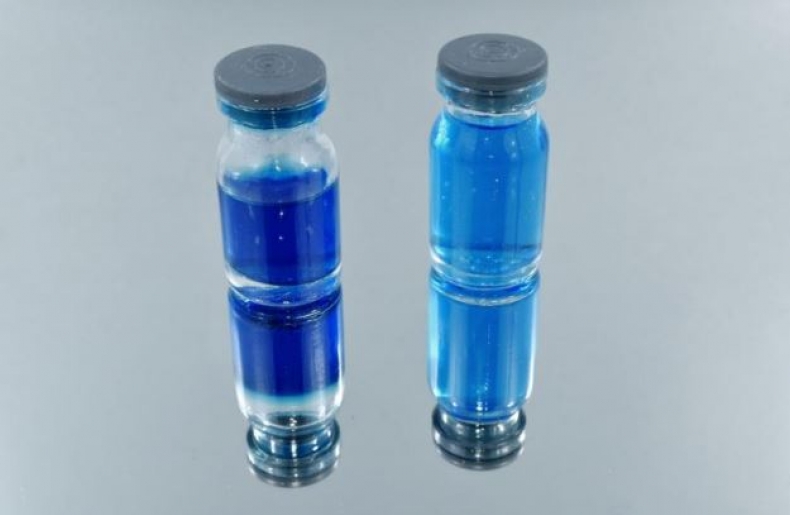
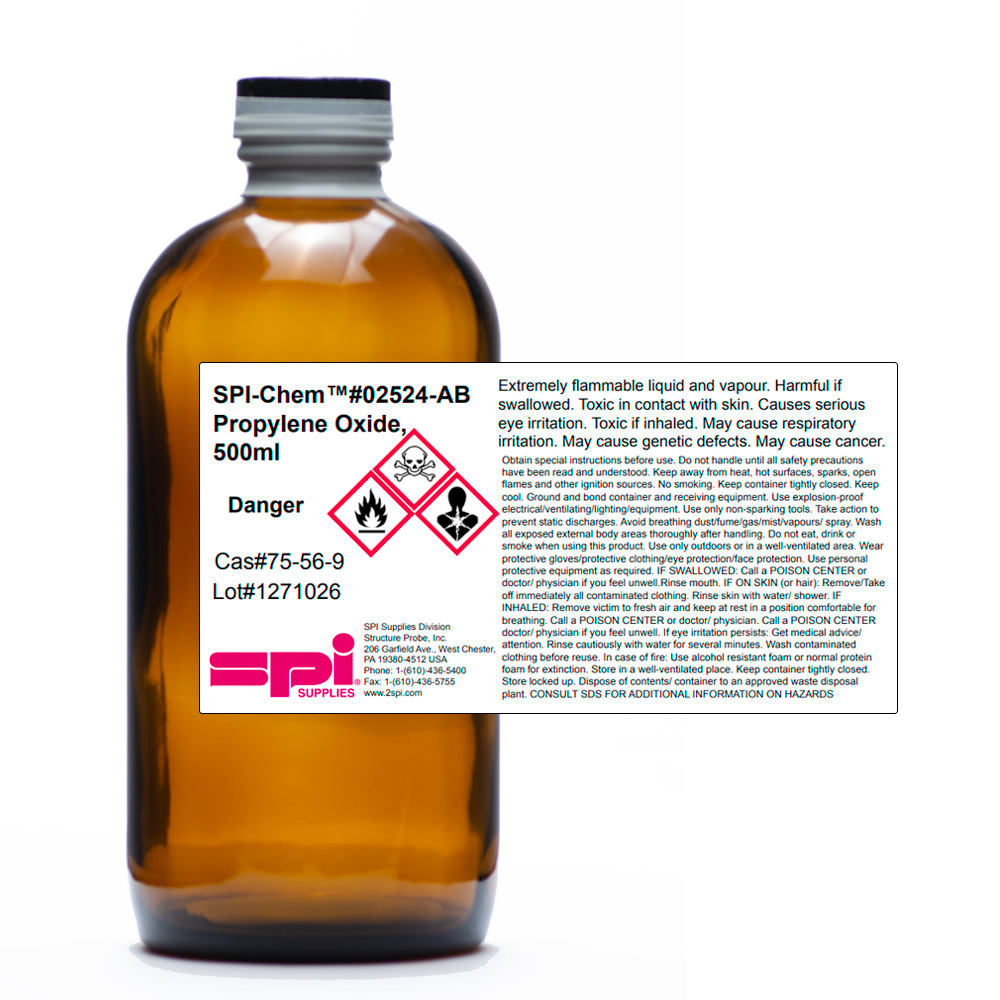
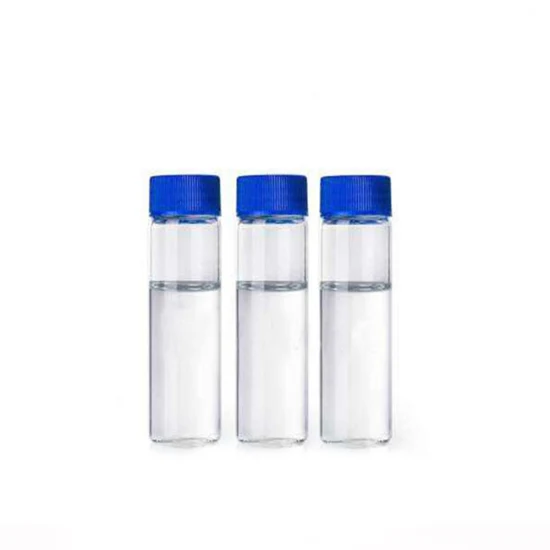
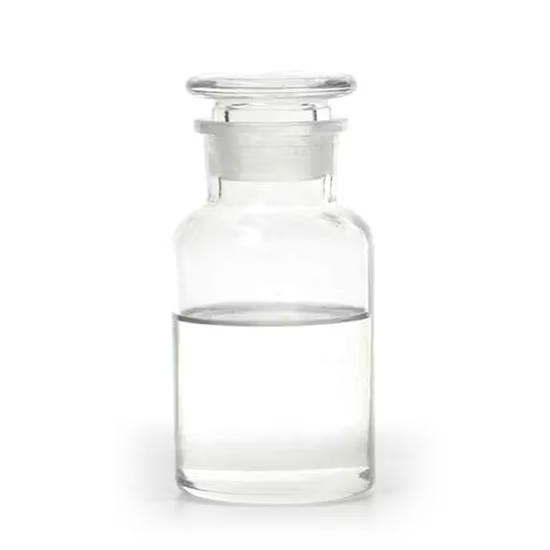
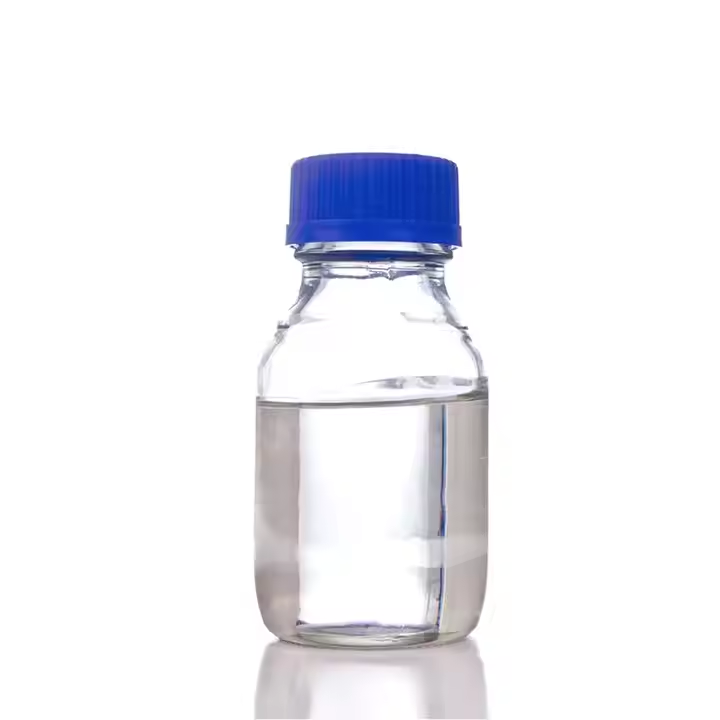
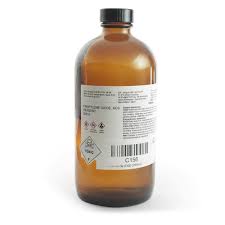

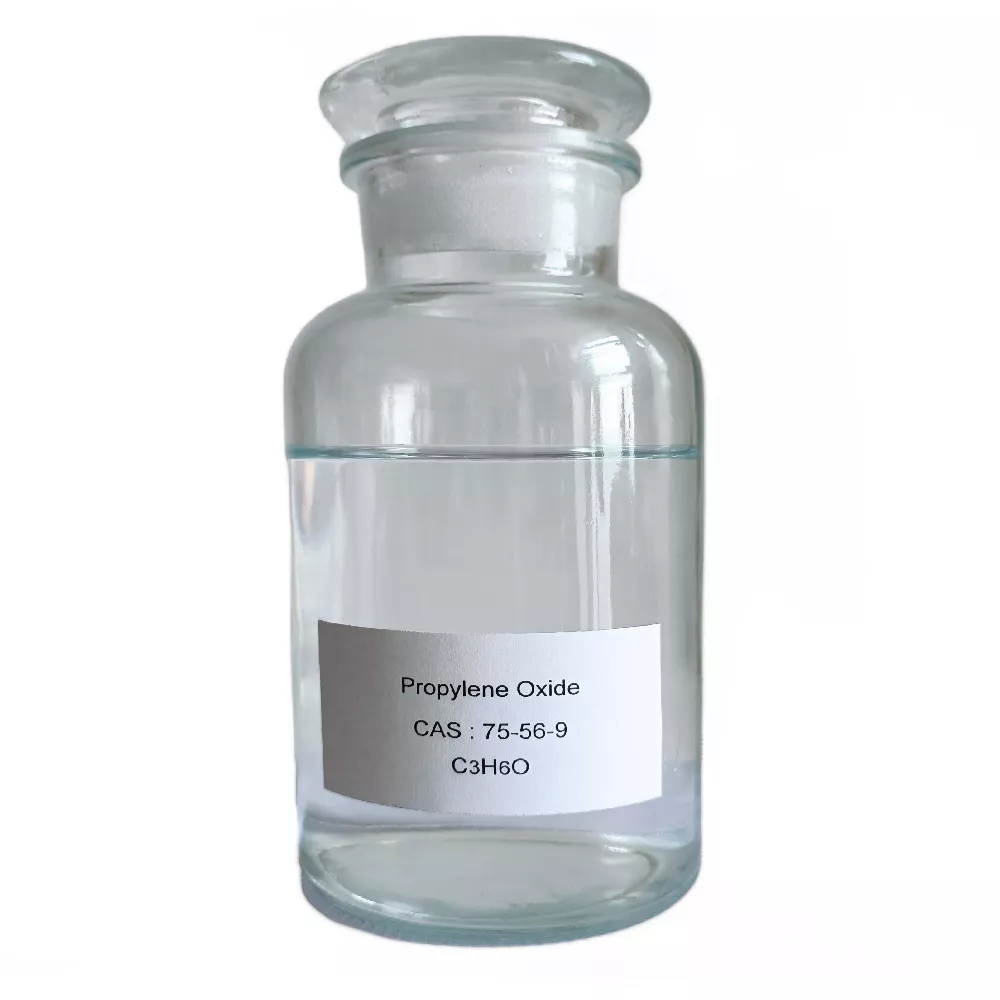
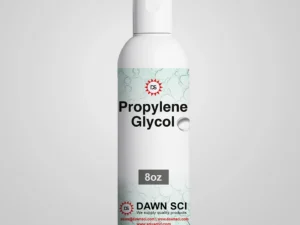
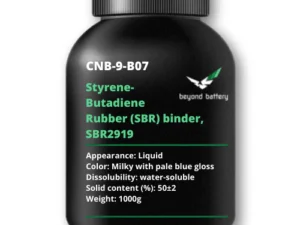
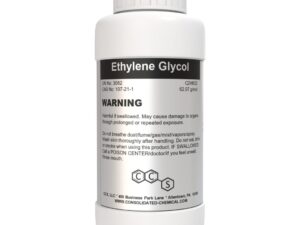
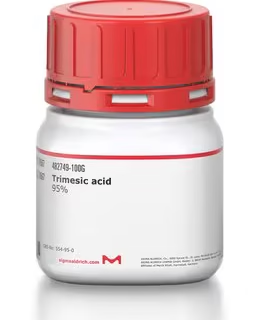
Reviews
There are no reviews yet.